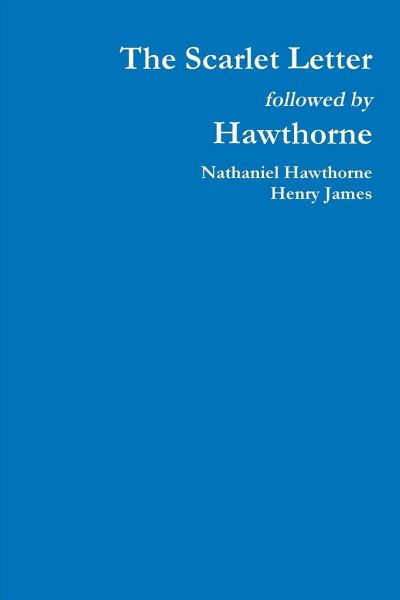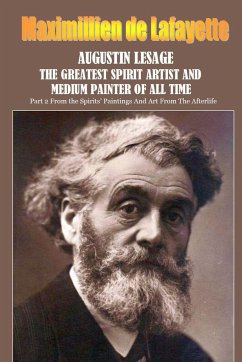
The Scarlet Letter followed by Hawthorne

PAYBACK Punkte
14 °P sammeln!
This book contains a major novel by Nathaniel Hawthorne, enriched and complemented by an analytical work of Henry James concerning the author and the novel. "The Scarlet Letter": A Romance is an 1850 work of fiction in a historical setting, written by American author Nathaniel Hawthorne. The book is considered to be his "masterwork". Set in 17th-century Puritan Boston, Massachusetts, during the years 1642 to 1649, it tells the story of Hester Prynne, who conceives a daughter through an affair and struggles to create a new life of repentance and dignity. Throughout the book, Hawthorne explores ...
This book contains a major novel by Nathaniel Hawthorne, enriched and complemented by an analytical work of Henry James concerning the author and the novel. "The Scarlet Letter": A Romance is an 1850 work of fiction in a historical setting, written by American author Nathaniel Hawthorne. The book is considered to be his "masterwork". Set in 17th-century Puritan Boston, Massachusetts, during the years 1642 to 1649, it tells the story of Hester Prynne, who conceives a daughter through an affair and struggles to create a new life of repentance and dignity. Throughout the book, Hawthorne explores themes of legalism, sin, and guilt. "Hawthorne" is a book of literary criticism by Henry James published in 1879. The book was an insightful study of James' great predecessor, Nathaniel Hawthorne. James gave extended consideration to each of Hawthorne's novels and a selection of his short stories. He also reviewed Hawthorne's life and some of his nonfiction.














